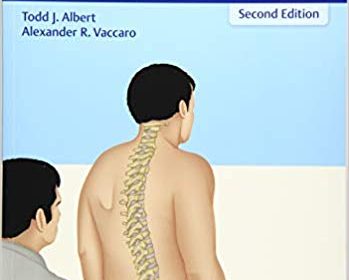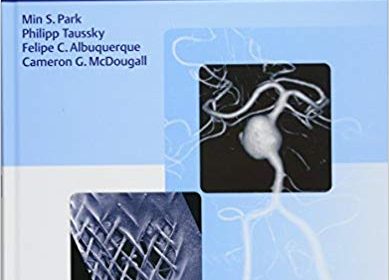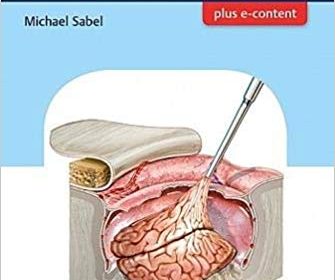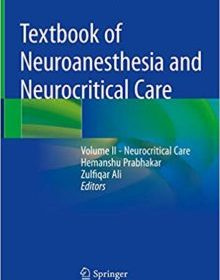Spine Essentials Handbook: A Bulleted Review of Anatomy, Evaluation, Imaging, Tests, and Procedures Illustrated Edition

Spine Essentials Handbook: A Bulleted Review of Anatomy, Evaluation, Imaging, Tests, and Procedures Illustrated Edition
The management of patients with spinal conditions involves a team-based approach, with professionals and trainees contributing through their respective roles. As such, medical trainees need resources that enable them to quickly and adeptly learn spine “basics,” such as performing spinal examinations. This handbook is a concise, compact guide on key principles of spine surgical knowledge — from the atlanto-occipital joint to the coccyx. It provides both professionals and medical trainees with user-friendly, insightful text gleaned from the hands-on insights of seasoned spinal surgeons.
Core fundamentals cover spine anatomy, clinical evaluations, spine imaging, diagnostic spine tests, and select spine procedures. Common surgical approaches are delineated in succinct bulleted text, accompanied by case studies and radiographic pathology. This format is conducive to learning and provides an ideal spine surgery review for medical students, postgraduate trainees participating in spine rotations, and residents.
Key Highlights
- The only book on spinal pathology and management created with contributions from medical students and residents
- High-impact citations and questions at the end of each chapter highlight key topics
- Detailed drawings, diagrams, radiographic images, and MRIs elucidate and expand upon chapter topics
- Tables provide a quick reference, with concise information including impacted anatomy, nerves, and procedural maneuvers utilized in exams
Spine Essentials Handbook: A Bulleted Review of Anatomy, Evaluation, Imaging, Tests, and Procedures is a must-have resource for orthopaedic and neurosurgery residents and medical students. It will also benefit physiatrists, spine practitioners, orthopaedic and neurosurgical trainees and nurses, and chiropractors.









